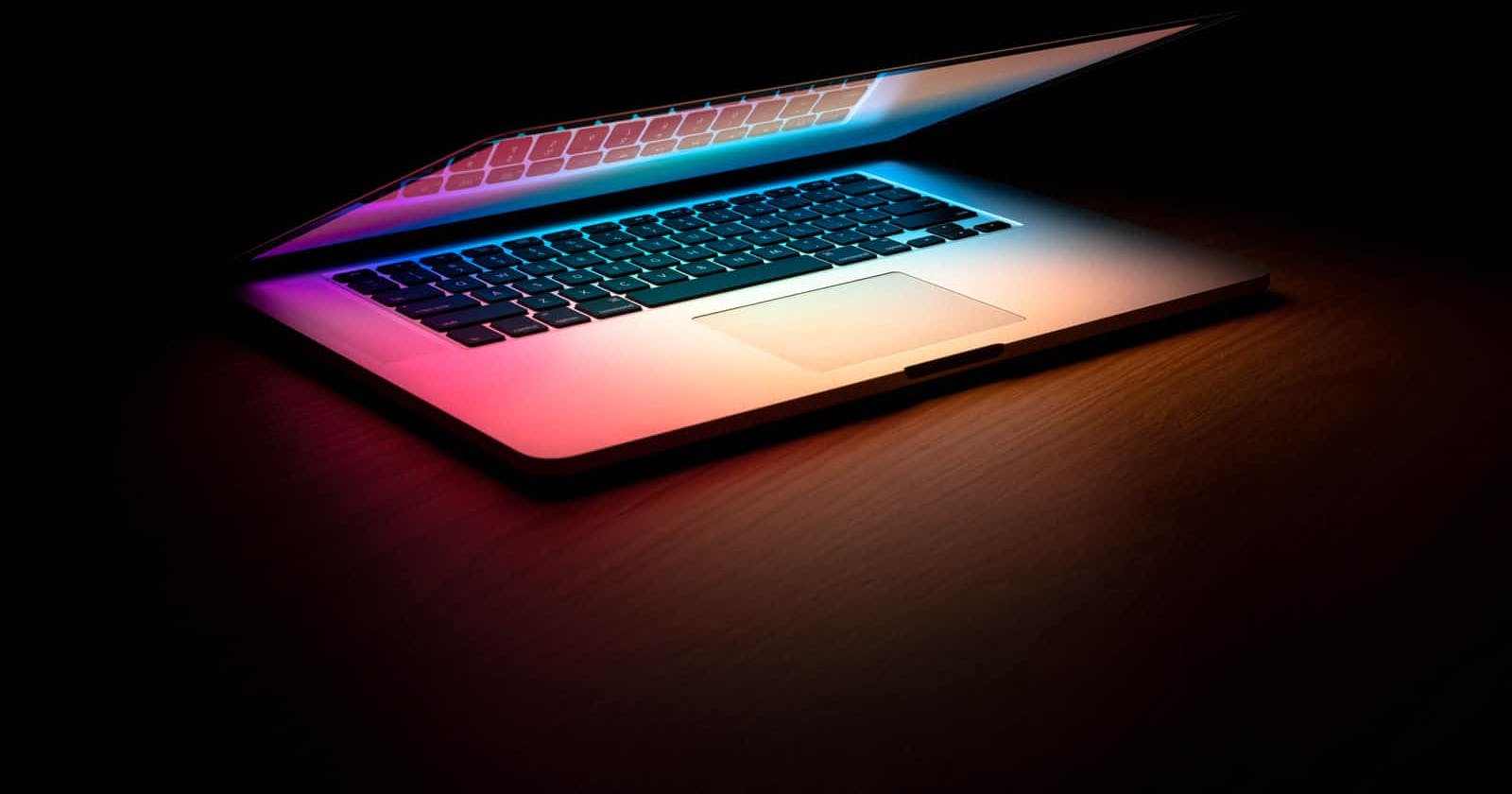The position property in CSS specifies the type of positioning method used for an element. Knowing CSS positions will helps you to design beautiful interfaces easily. In this article we are going to learn about various position types and their implementation.
The CSS position property help us to change and move items we want. There are 5 values in position property
- Static
- Relative
- Absolute
- Fixed
- Sticky
Elements are positioned using the top , bottom, left and right properties .However these properties will not work unless the position property is set first,
Let's see some examples to understand these properties.
position : static;
HTML elements are positioned static by default.
Static positioned elements are not affected by the top, bottom, left, and right properties.
An element with position: static; is not positioned in any special way; it is always positioned according to the normal flow of the page
div .static {
position: static;
border: 3px solid #73AD21;
}
position : relative
An element with position: relative; is positioned relative to its normal position.
Setting the top, right, bottom, and left properties of a relatively-positioned element will cause it to be adjusted away from its normal position. Other content will not be adjusted to fit into any gap left by the element.
div .relative {
position: relative;
left: 30px;
border: 3px solid #73AD21;
}
position : absolute;
An element with position: absolute; is positioned relative to the nearest positioned ancestor
However; if an absolute positioned element has no positioned ancestors, it uses the document body, and moves along with page scrolling.
Note : Absolute positioned elements are removed from the normal flow, and can overlap elements.
div .relative {
position: relative;
width: 400px;
height: 200px;
border: 3px solid #73AD21;
}
div .absolute {
position: absolute;
top: 80px;
right: 0;
width: 200px;
height: 100px;
border: 3px solid #73AD21;
}
position: fixed;
An element with position: fixed; is positioned relative to the viewport, which means it always stays in the same place even if the page is scrolled. The top, right, bottom, and left properties are used to position the element.
A fixed element does not leave a gap in the page where it would normally have been located.
div .fixed {
position: fixed;
bottom: 0;
right: 0;
width: 300px;
border: 3px solid #73AD21;
}
position: sticky;
An element with position: sticky; is positioned based on the user's scroll position.
A sticky element toggles between relative and fixed, depending on the scroll position. It is positioned relative until a given offset position is met in the viewport - then it "sticks" in place (like position:fixed).
div .sticky {
position: sticky;
top: 0;
background-color: green;
border: 2px solid #4CAF50;
}
That's it for positioning property, don't forget to share your feedback; I would love to hear your thoughts 😊

